A nature-inspired Chinese art centre cuts a crisp figure in a Guiyang park
A new Chinese art centre by Atelier Xi in the country's Guizhou Province is designed to bring together nature, art and community
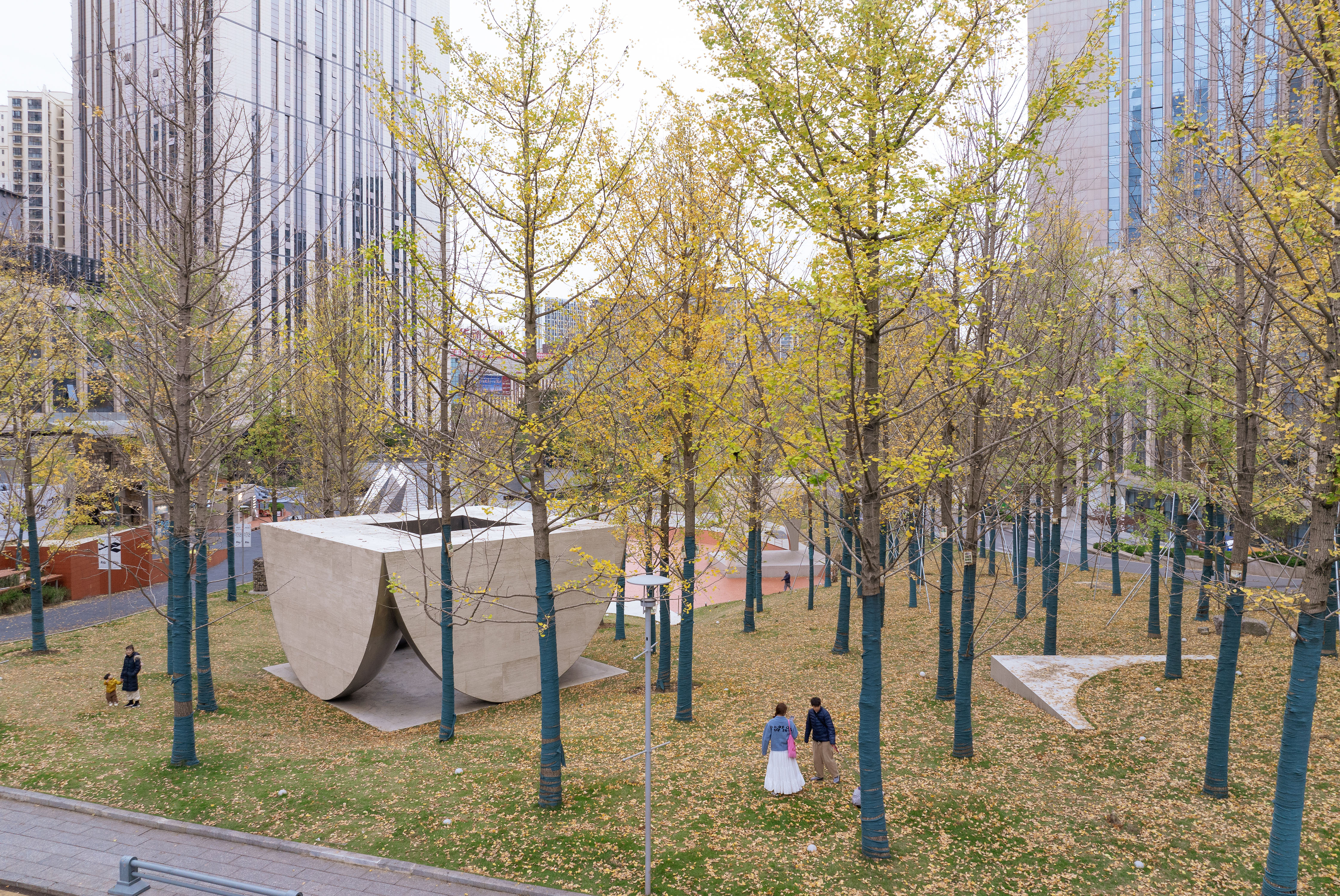
A new Chinese art centre cuts a sculptural figure in the heart of a leafy park in the city of Guiyang in the country's Guizhou Province. AYDC Public Art Center is the work of dynamic architecture studio Atelier Xi, founded by Chen Xi and part of our 2021 Wallpaper* Architects Directory. The project was conceived as a 'comprehensive' public art complex, AYDC standing for 'A Yun Duo Cang', meaning 'our land of dreams' in the local Yi language of Guizhou.

Discover this Chinese art centre by Atelier Xi
The design, Xi explains, was imagined to bring together art, nature and community. Providing a family of physical spaces for displays and events, and directly connecting with the park's leafy landscape through its open nature, the project feels at the same time flowing and finely-chiselled. Its form, the architect says, 'is inspired by the spiritual essence of Guizhou’s mountainous landscape. Here, people and ideas can grow freely within nature.'
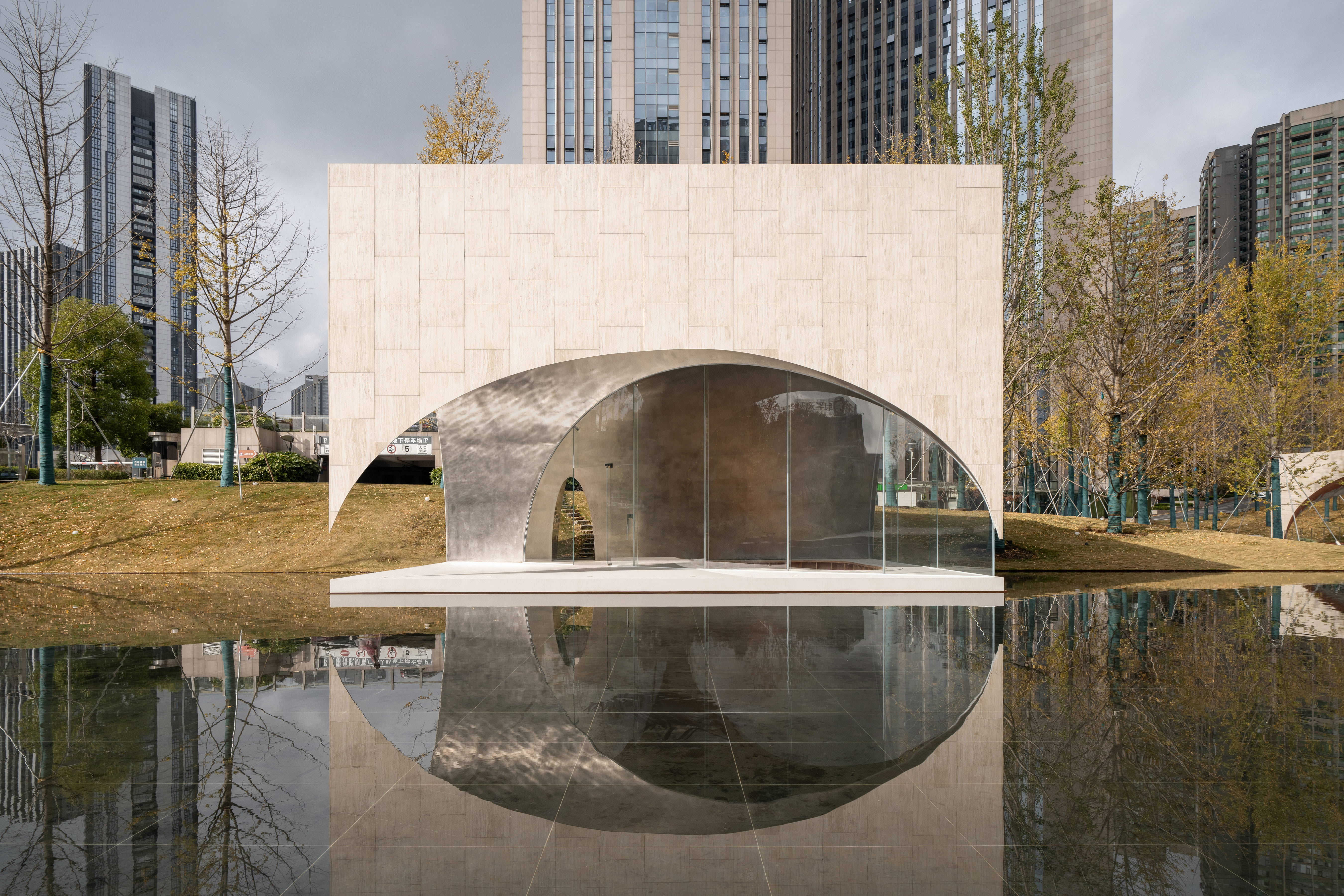
The scheme's openness and easily adaptable floor plan also responds to the part of the brief that required flexibility; the interior can be used for a variety of events, both planned and spontaneous, within the local community. The project's volumes aim to craft its own artificial landscape that echoes the green surroundings while adding a layer of daily human activity.
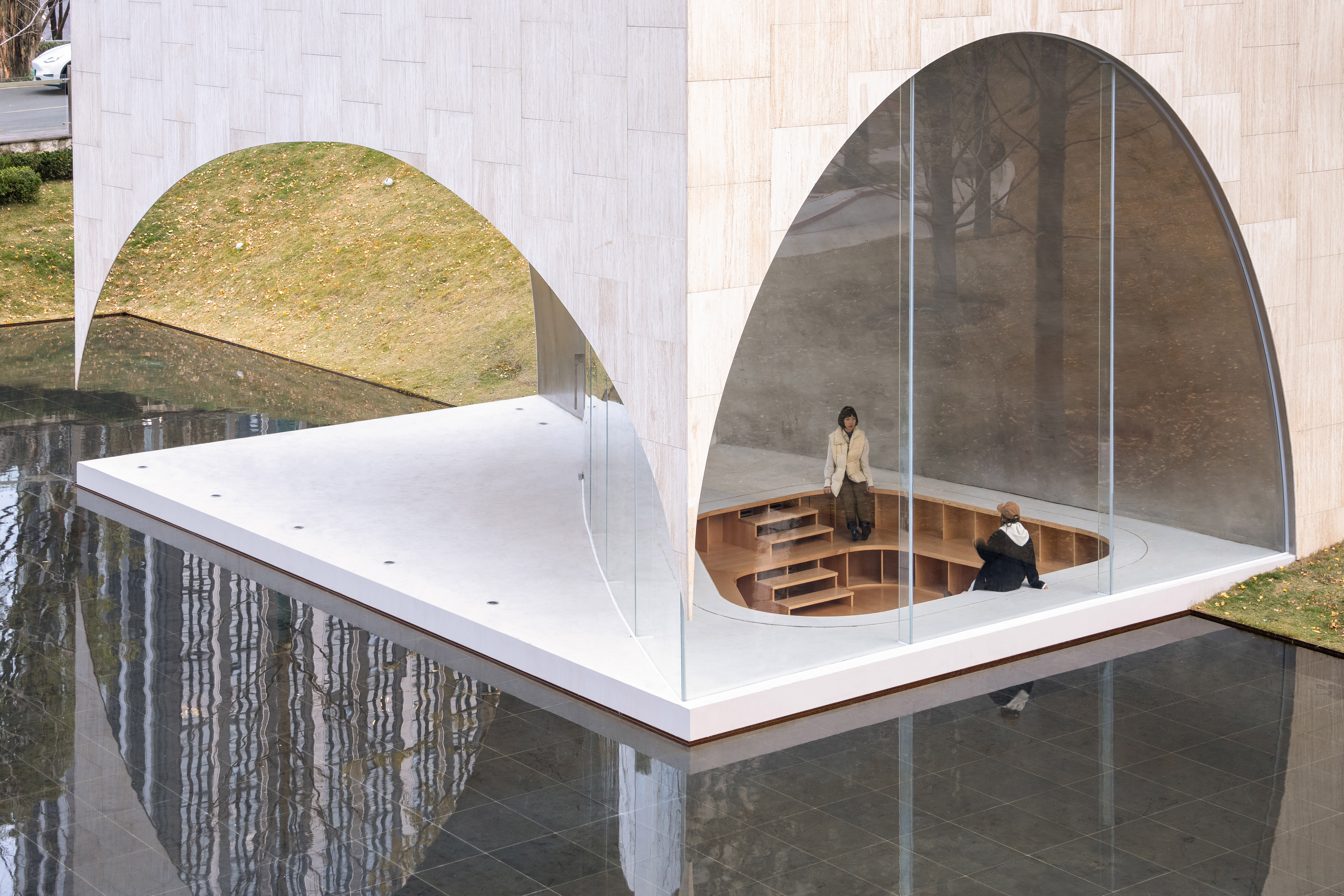
Through this thinking, three distinct sections emerge: the rectilinear Xima Library, set against ginkgo leaves by the water and created as a quiet, contemplative reading space; the minimalist, meditative Ginkgo Chapel, nestled among trees on a hillside; and the centrally-placed Dali Stage, formed by the negative imprint of an invisible arch, and serving as focal point for the adjacent plaza, used for resting and gathering.
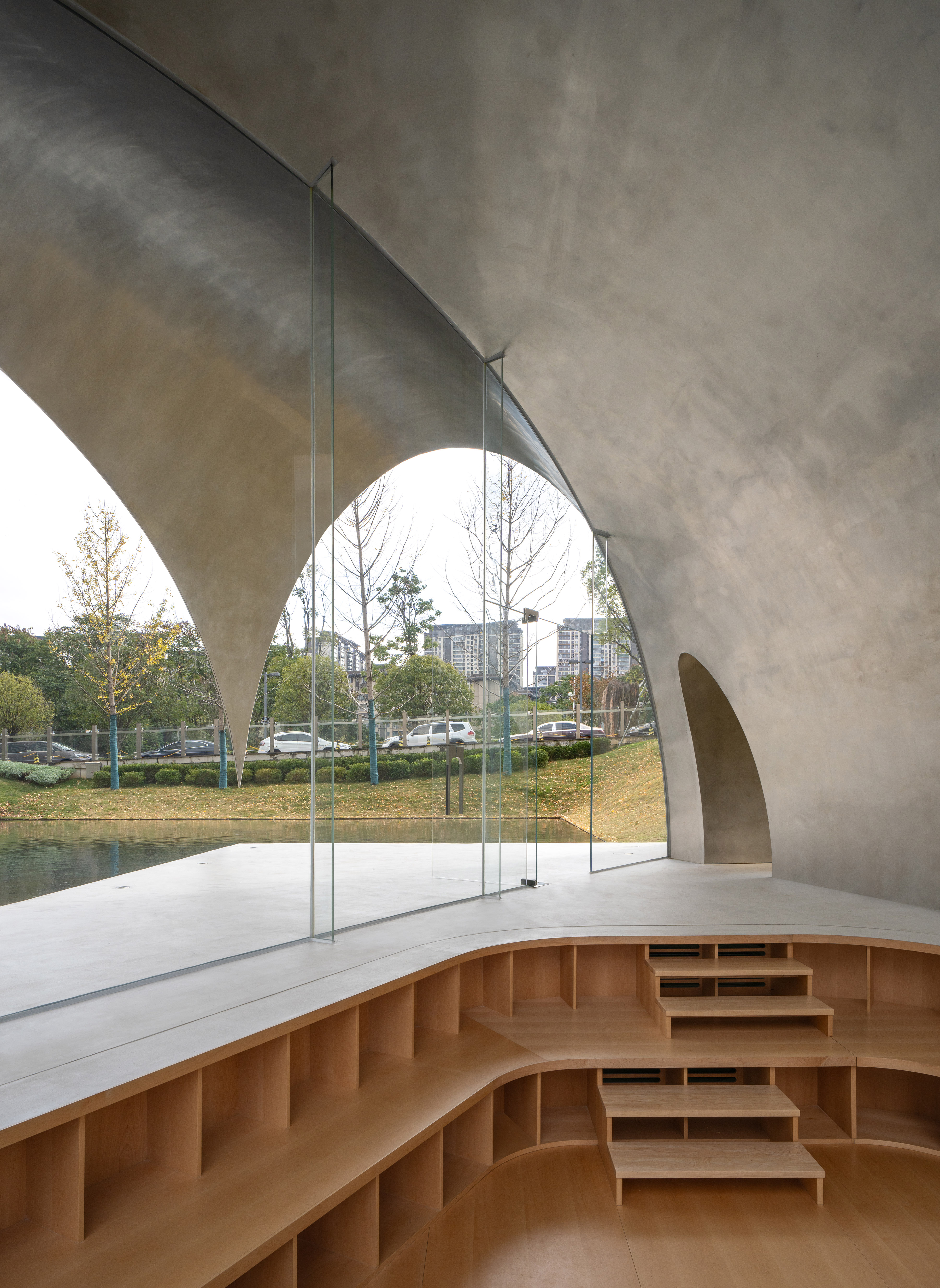
A common design language and materiality (namely, a porous white travertine stone exterior skin and interior cladding made of curved stainless-steel plates) brings all the different elements together as a coherent whole. The different treatment of the surface texture, from the rougher stone to the mirror-polished metal, adds a pleasing sharpness, artistically tracing the edges of the crisp volumes.
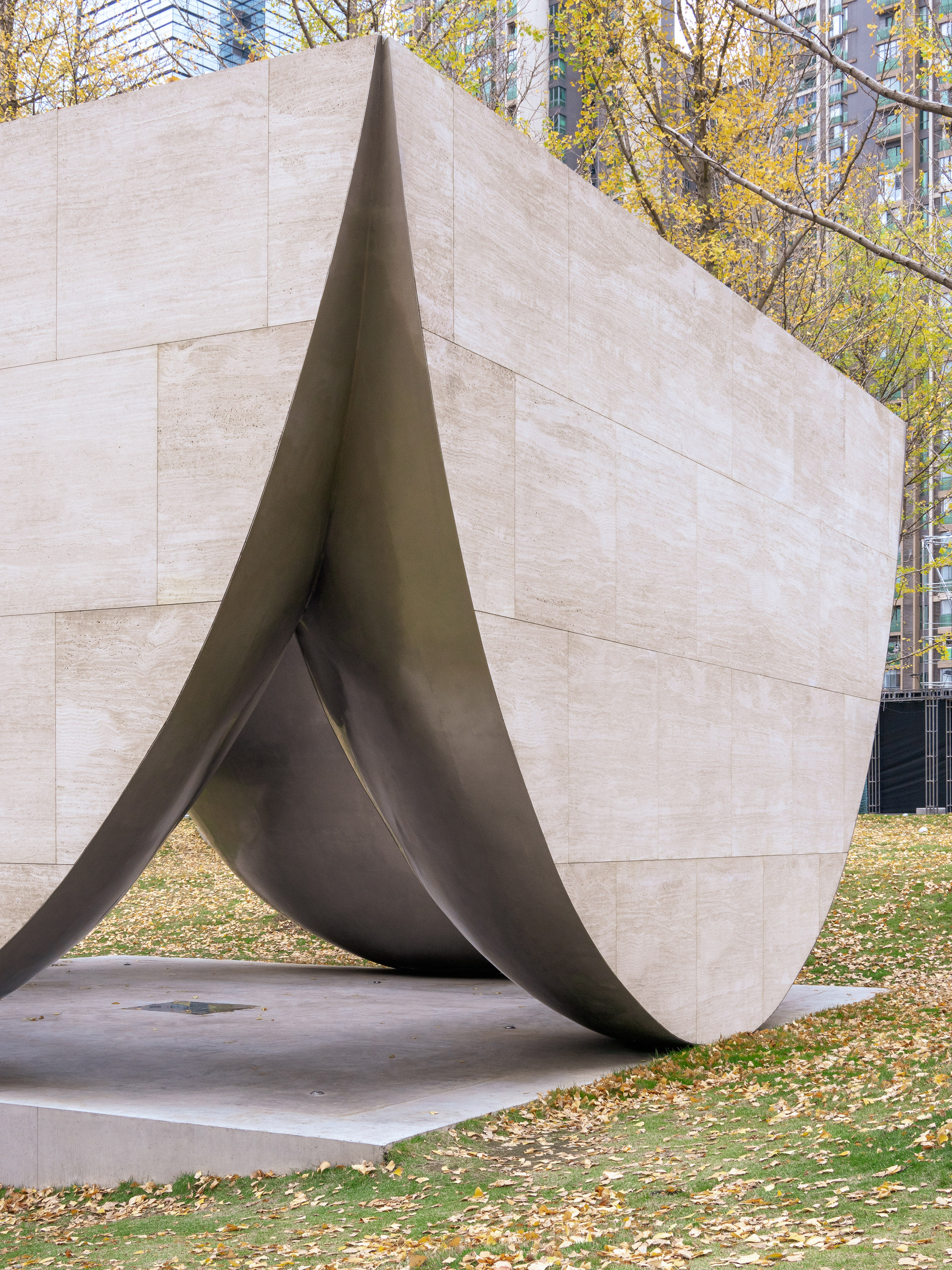
'As the seasons change, the landscape evolves: the ginkgo forest cycles through vibrant tones of green, gold and amber shades, harmonising with the three pavilions to create an ever-changing, immersive symphony of nature and architecture,' Xi writes in his project statement.
'Ultimately, in the AYDC project, minimal architectural gestures attempt to unleash the site’s full vitality. Through sculptural and artful interventions, the design weaves together the built form, natural landscape, and local cultural memory – redefining the role of architecture as a vessel for experience, imagination and community.'
Receive our daily digest of inspiration, escapism and design stories from around the world direct to your inbox.
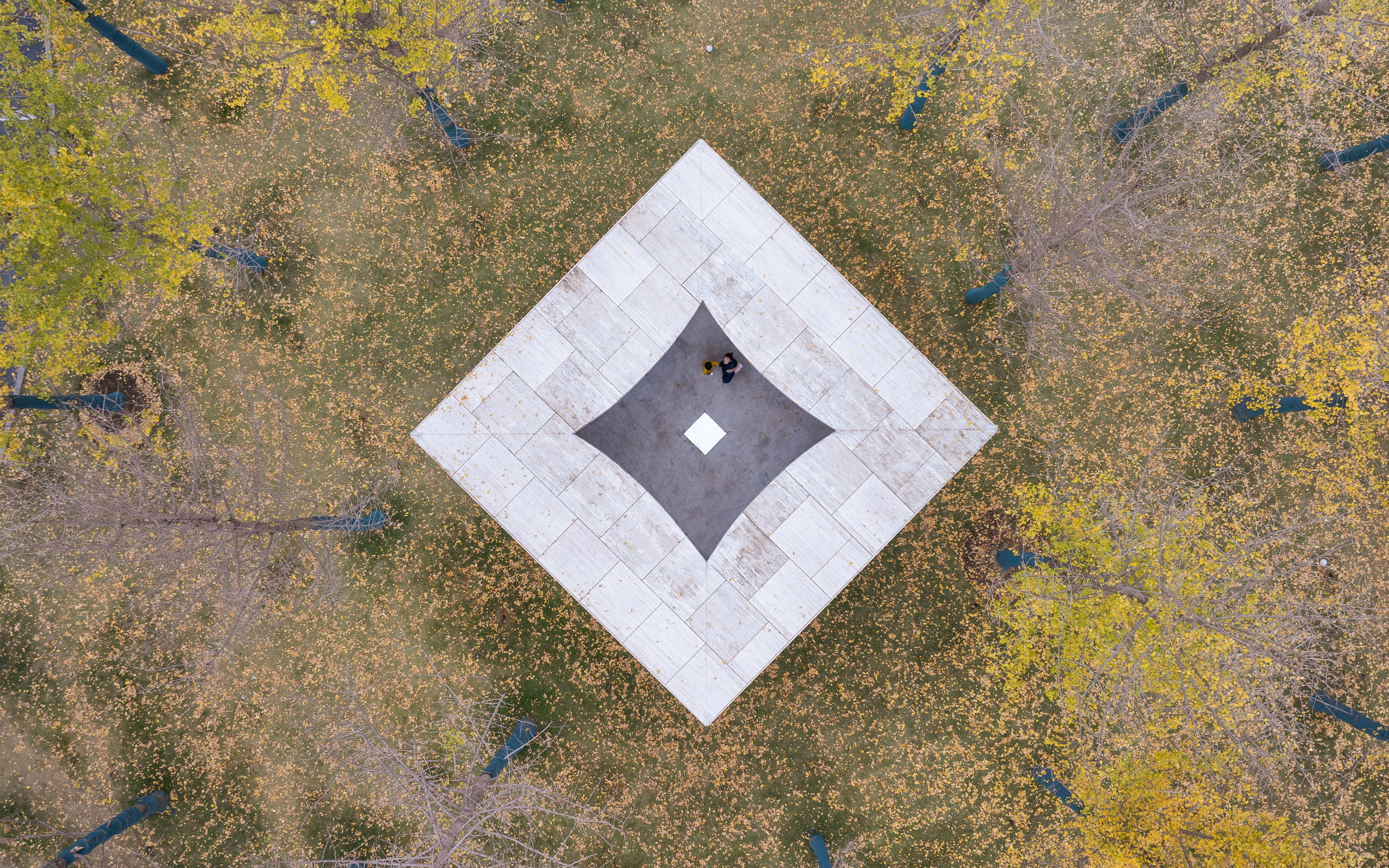
Ellie Stathaki is the Architecture & Environment Director at Wallpaper*. She trained as an architect at the Aristotle University of Thessaloniki in Greece and studied architectural history at the Bartlett in London. Now an established journalist, she has been a member of the Wallpaper* team since 2006, visiting buildings across the globe and interviewing leading architects such as Tadao Ando and Rem Koolhaas. Ellie has also taken part in judging panels, moderated events, curated shows and contributed in books, such as The Contemporary House (Thames & Hudson, 2018), Glenn Sestig Architecture Diary (2020) and House London (2022).
-
 Robert Stone’s new desert house provokes with a radical take on site-specific architecture
Robert Stone’s new desert house provokes with a radical take on site-specific architectureA new desert house in Palm Springs, ‘Dreamer / Lil’ Dreamer’, perfectly exemplifies its architect’s sensibility and unconventional, conceptual approach
-
 Backstage at the Old Vic is all about light, theatre and sustainable action
Backstage at the Old Vic is all about light, theatre and sustainable actionThe theatre's new creative hub by Haworth Tompkins has completed, bringing a distinctly contemporary and colourful addition to the popular theatre space in South London
-
 New Marseille restaurant Dévo dishes up a sultry 1970s mood
New Marseille restaurant Dévo dishes up a sultry 1970s moodMirrors, satin curtains, and tubular steel define the atmosphere of this theatrical hangout, as envisioned by a local team of creatives
-
 Tour this Chinese eco-farm, an imaginative wonderland connecting visitors with nature
Tour this Chinese eco-farm, an imaginative wonderland connecting visitors with natureLuxeIsland Farm by Various Associates is an eco-farm and visitor attraction in China’s picturesque Wuhan region; take a stroll across its fantastical landscape
-
 Honouring visionary landscape architect Kongjian Yu (1963-2025)
Honouring visionary landscape architect Kongjian Yu (1963-2025)Kongjian Yu, the renowned landscape architect and founder of Turenscape, has died; we honour the multi-award-winning creative’s life and work
-
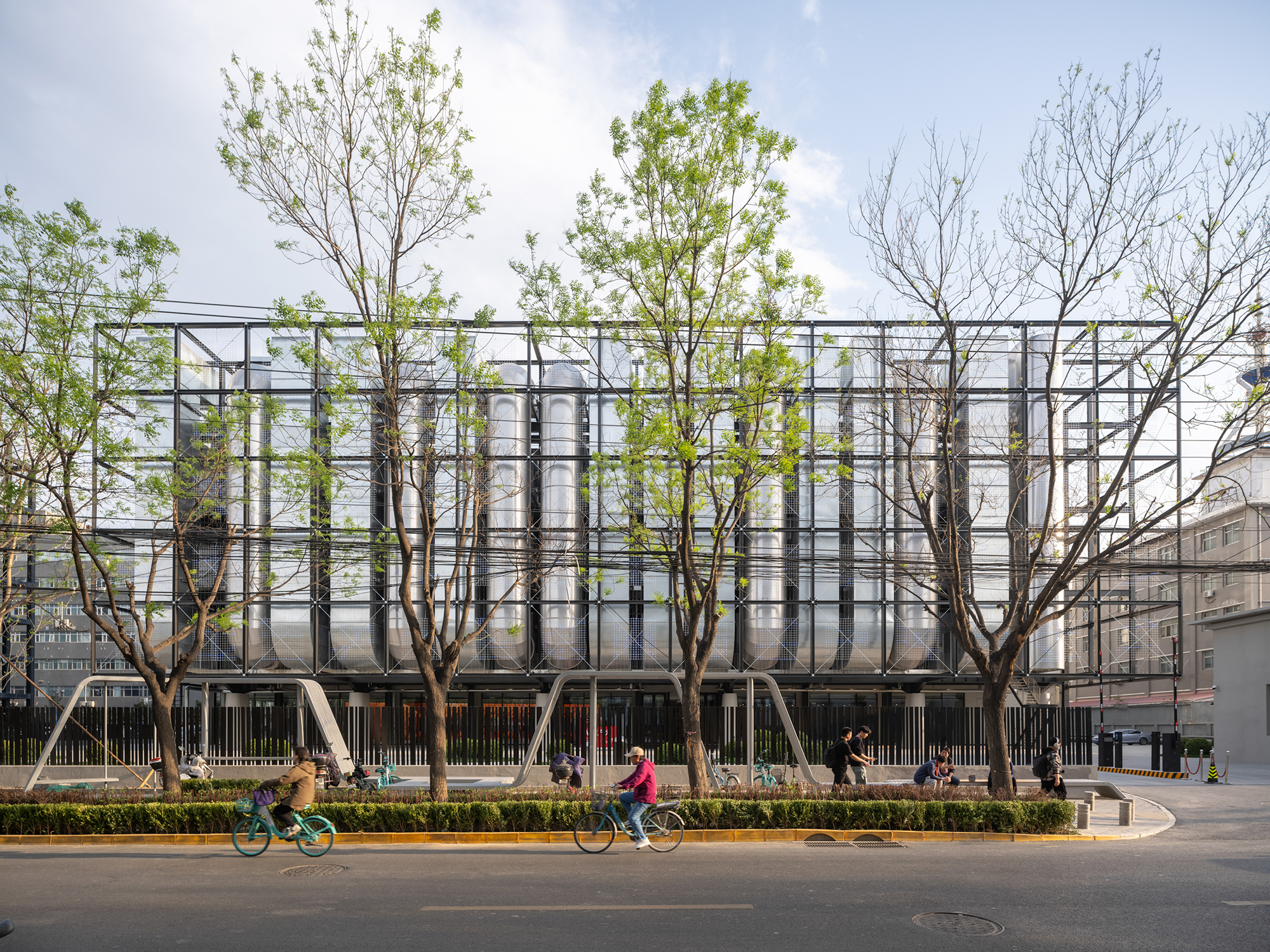 A new AI data centre in Beijing is designed to evolve and adapt, just like the technology within
A new AI data centre in Beijing is designed to evolve and adapt, just like the technology withinSpecialised data centre Spark 761, designed by llLab, is conceived as a physical space where humans and AI technology can coexist
-
 Shanghai’s biennial, RAMa 2025, takes architectural exploration outside
Shanghai’s biennial, RAMa 2025, takes architectural exploration outsideRAMa 2025, the architecture biennial at Rockbund Art Museum in Shanghai, launches, taking visitors on a journey through a historic city neighbourhood – and what it needs
-
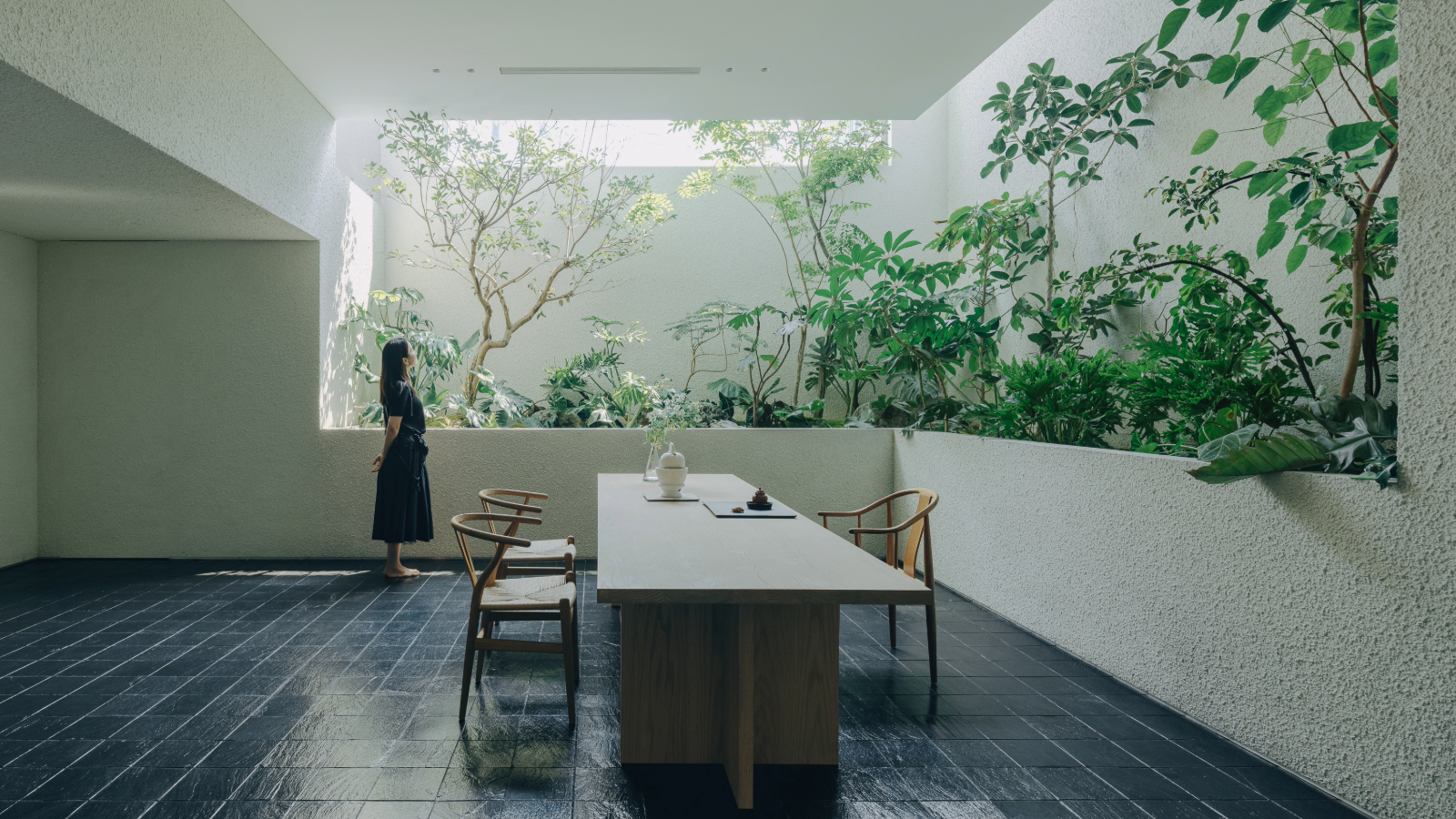 Atelier About Architecture’s ‘house within a house, and garden within a garden’
Atelier About Architecture’s ‘house within a house, and garden within a garden’House J in Beijing, by Atelier About Architecture, is an intricate remodelling complete with a hidden indoor garden and surprising sight lines
-
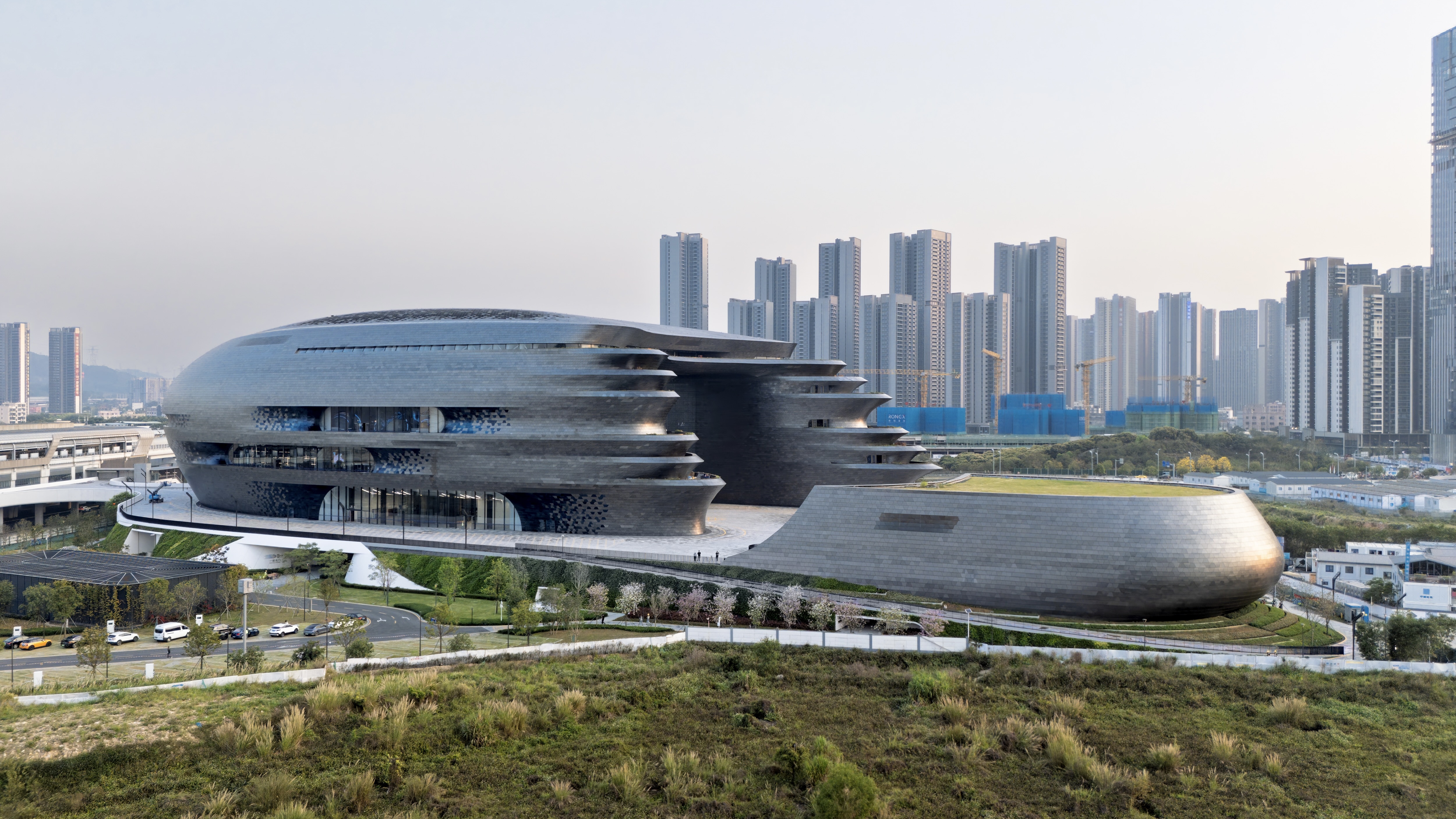 Zaha Hadid Architects’ spaceship-like Shenzhen Science and Technology Museum is now open
Zaha Hadid Architects’ spaceship-like Shenzhen Science and Technology Museum is now openLast week, ZHA announced the opening of its latest project: a museum in Shenzhen, China, dedicated to the power of technological advancements. It was only fitting, therefore, that the building design should embrace innovation
-
 A Xingfa cement factory’s reimagining breathes new life into an abandoned industrial site
A Xingfa cement factory’s reimagining breathes new life into an abandoned industrial siteWe tour the Xingfa cement factory in China, where a redesign by landscape architecture firm SWA completely transforms an old industrial site into a lush park
-
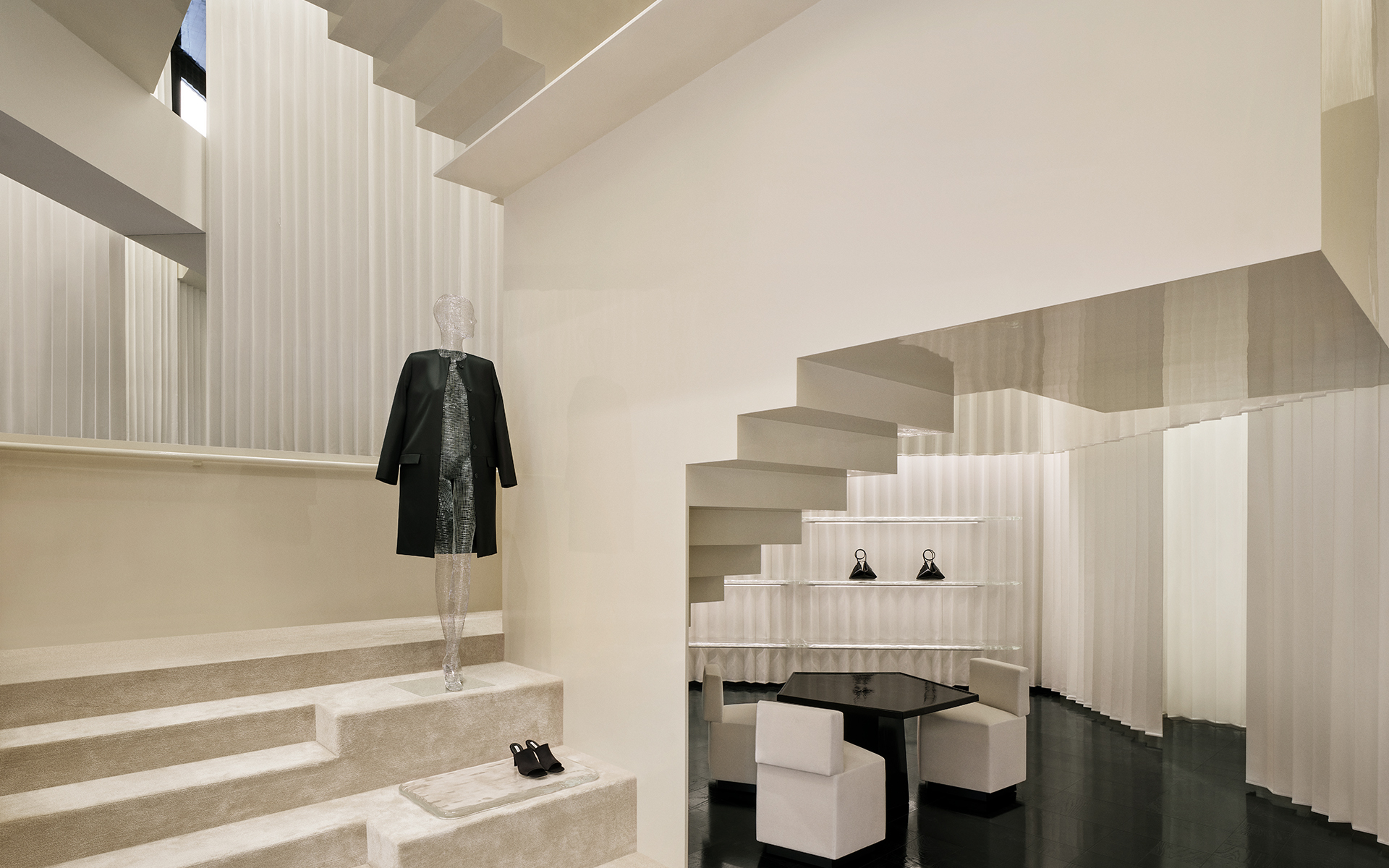 Bold, geometric minimalism rules at Toteme’s new store by Herzog & de Meuron in China
Bold, geometric minimalism rules at Toteme’s new store by Herzog & de Meuron in ChinaToteme launches a bold, monochromatic new store in Beijing – the brand’s first in China – created by Swiss architecture masters Herzog & de Meuron